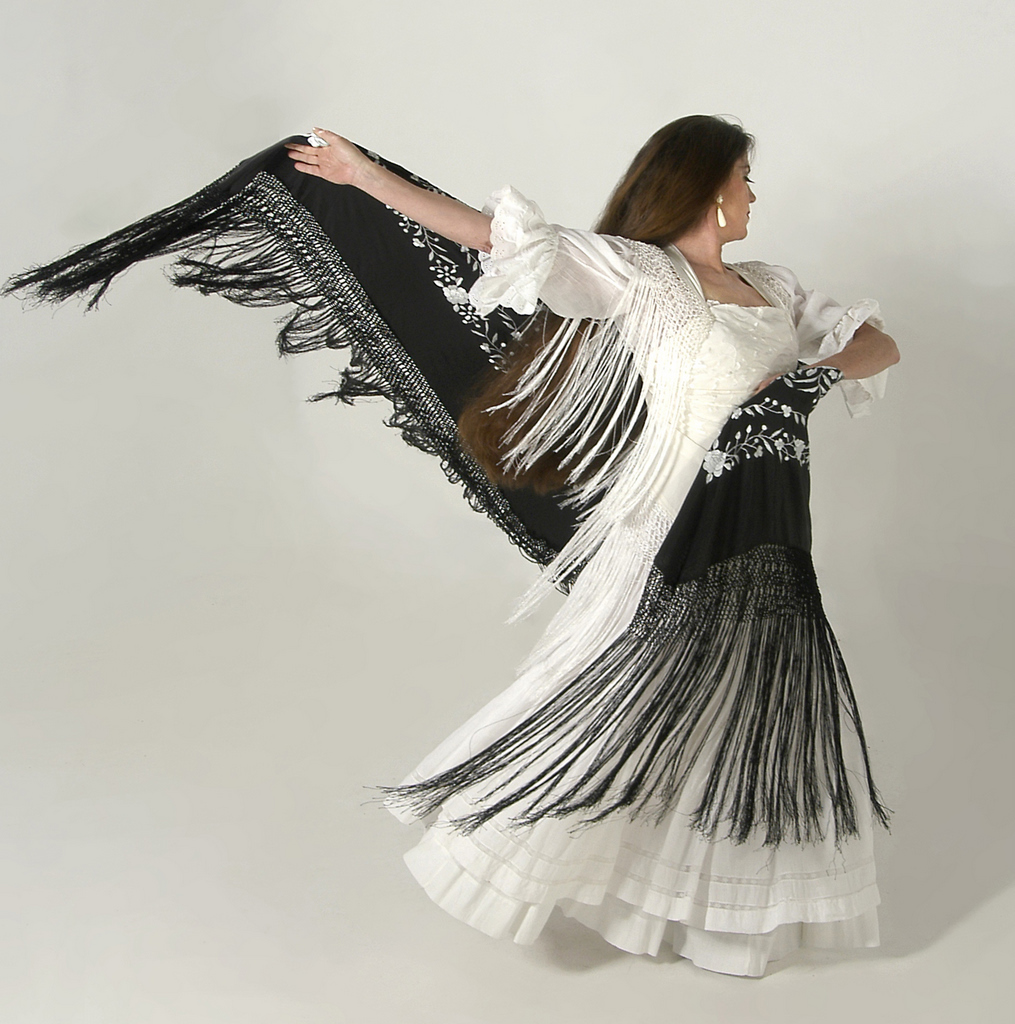On a recent hot evening in Fresno, La Canela and El Quijote and Cerro Negro, gathered some fifty of us, crowded into the courtyard of our host’s home, into the spirit of Flamenco. I’ve known Flamenco, even traveled several times to Andalusia, the southern region of Spain, which is home to Flamenco. But there I’d encountered only commercial Flamenco. Though beautiful, it’s commercialization misses the true spirit of Flamenco.
 Flamenco is more than music, song, and dance. Traditional Flamenco, the Flamenco of the gypsies is communal, spiritual, even contemplative. In Flamenco—not performed on a stage, but in the round—all participate. All are together in the sound and movement. All are caught up in the ecstasy and agony that is the soul of Flamenco.
Flamenco is more than music, song, and dance. Traditional Flamenco, the Flamenco of the gypsies is communal, spiritual, even contemplative. In Flamenco—not performed on a stage, but in the round—all participate. All are together in the sound and movement. All are caught up in the ecstasy and agony that is the soul of Flamenco.
It’s not saying too much to say that Flamenco is prayer. And Flamenco helps me see more fully the nature of expressly religious prayer—the kind of prayer I’d be better off praying. Sadly, like commercial Flamenco, much praying misses the ecstasy and agony that is true prayer.
The art of Flamenco makes me wonder how I’d pray the Psalms, for example, if I let the gypsies show me how to pray them—for the Psalms contain the full anatomy of the human soul. Too often I pray them as if I were reading a menu.
